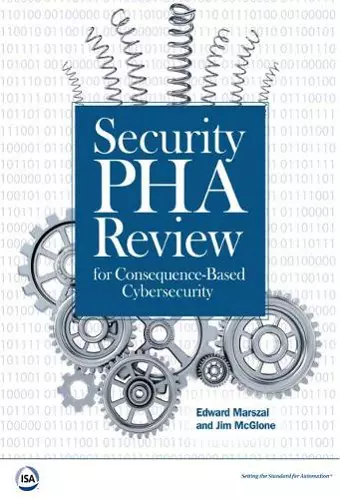Security PHA Review for Consequence-Based Cybersecurity
Edward M Marszal author Jim McGlone author
Format:Paperback
Publisher:Instrument Society of America
Published:30th Aug '19
Currently unavailable, our supplier has not provided us a restock date

Over the past few decades, the process industry has replaced mechanical safeguards with networked microprocessor-based devices that can be configured remotely. The new systems have more functionality their analog counterparts; however, they have also created greater risk from cyber attack.
By focusing on hazard and operability studies (HAZOPs) designated scenarios, it is possible to identify hackable scenarios, rank them appropriately, and design non-hackable safeguards—such as relief valves and current overload relays—that are not vulnerable to the cybersecurity threat vector. Where inherently secure safeguard design is not feasible, the appropriate cybersecurity countermeasures must be deployed.
The first step in this decision-making process is the application of a methodology for assessing the potential risks posed by a cyberattack on these process plants. In the process industries, the most widely accepted process for identifying hazards and assessing risk is the process hazard analysis (PHA) method, most commonly performed through a HAZOP.
This book reviews the most common methods for PHA of process industry plants and then explains how to supplement those methods with an additional security PHA review (SPR) study to determine if there are any cyberattack vectors that can cause significant physical damage to the facility. If these attack vectors are present, then the study methodology makes one of two recommendations: (1) modify one or more of the safeguards so that they are not vulnerable to cyberattack or (2) prescribe the appropriate degree of cyberattack safeguarding through the assignment of an appropriate security level. SPR examples provide insight for implementing these recommendations.
ISBN: 9781643310008
Dimensions: unknown
Weight: 373g
168 pages